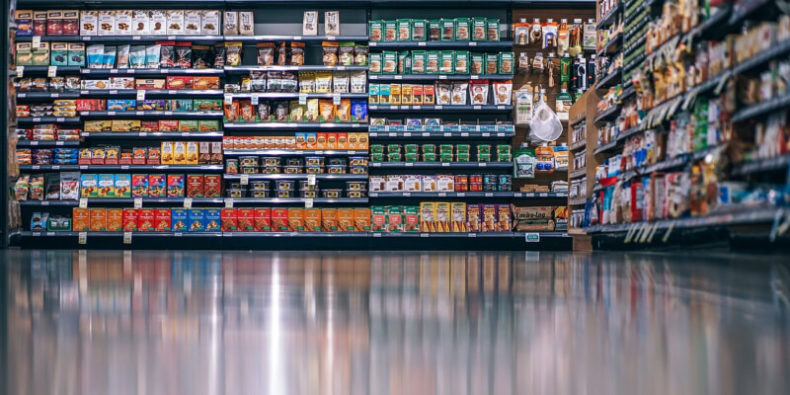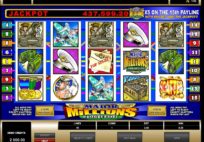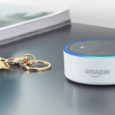
Whether motivated by ease, physical disability, or enormous laziness, shoppers in certain parts of the world can do their shopping without leaving their cars. Drive-through supermarkets are now a thing, and it looks like that there are more on the way.
Drive-throughs aren’t a new idea. The first ever opened Red’s Giant Hamburg on Route 66 in Missouri, in 1947. The idea caught on, and in 1951, Jack in the Box, a restaurant chain focused on the drive-through experience was opened. The rest is history, even though the original minds behind the idea probably never believed it’d go so much as supermarkets.
Enter Amazon, and Russian inventor Semenov Dahir Kurmanbievich, who’s gone as far as filing a patent for supermarkets with automobile lanes and cascading shelves. The online retail giant, on the other hand, has already opened AmazonFresh Pickup services in Seattle’s Ballard and SODO places.
Even though Kurmanbievich’s notion is that of a supermarket through which clients drive, AmazonFresh Pickup is similar to an old-fashioned roadhouse. Customers place orders online, and then drive to the store. Workers — minus the roller skates — bring clients ’ orders into their own vehicles. You’ll have the ability to purchase milk and bread, and then spend the time you’d have obtained traversing the aisles doing more exciting things, such as playing online casino games.
According to the Russian inventor, a display near the store entrance will reveal arriving clients that slots are free. Once in a slot, vertical, elevator-style shelves may bring collections of various markets and other items past. Customers can alter the selection at their own speed.
The shelves themselves will probably be replenished with inventory by store employees, who will send the items to the relevant shelves using a system of conveyor belts.
Items customers select will be placed on a conveyor belt, which will require them into the cashier, who’ll begin scanning and bagging them. Whenever clients have made their final option, they can visit the cashier, who will have their bill and bagged groceries waiting for them. As soon as payment has been created, they will receive their purchases, and will then drive off.
Source: Pixabay
While the drive-through supermarket notion might have some shoppers rolling their eyes heavenwards, Kurmanbievich seems to believe his idea will enhance not just product choice and service time, but also customer service generally.
Businesses can benefit by lowering the cost and time of merchandising and keeping sales places. No doubt they might possibly also save costs by firing employees made redundant through the introduction of yet more apparently unnecessary technology.
Amazon has also concentrated its advertising on the ease and convenience aspect. However, the idea will undoubtedly be appreciated by those whose health or other factors make walking or being in crowded shops vulnerable, if not downright traumatic.
Tech for Convenience
Convenience seems to be one of the largest thrusts in technological development, and it seems already to have taken over many simple jobs previous generations took for granted.
If drive-through supermarkets sound otherworldly, think about how we use GPS rather than maps and compasses, see tanning salons rather than soaking up the sun poolside, have made payphones redundant with our use of mobile devices, and nuke food in a few seconds using microwaves.
It might be argued that at least we no longer use trepanning for a cure for headaches. However, there’s a far cry between drilling a hole in someone’s skull when an aspirin will do, and being too lazy to take a basket or push a trolley around a grocery store.
In a world where global warming has gone mad, corporations and governments are generally resistant to switching to green fuels, and deforestation and desertification continues unabated, if we not be figuring out ways to use our cars less, instead of more?


























